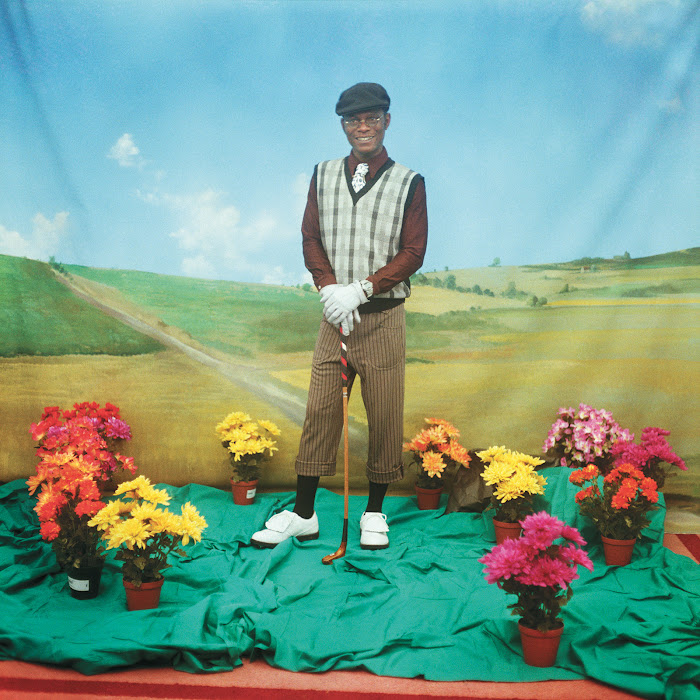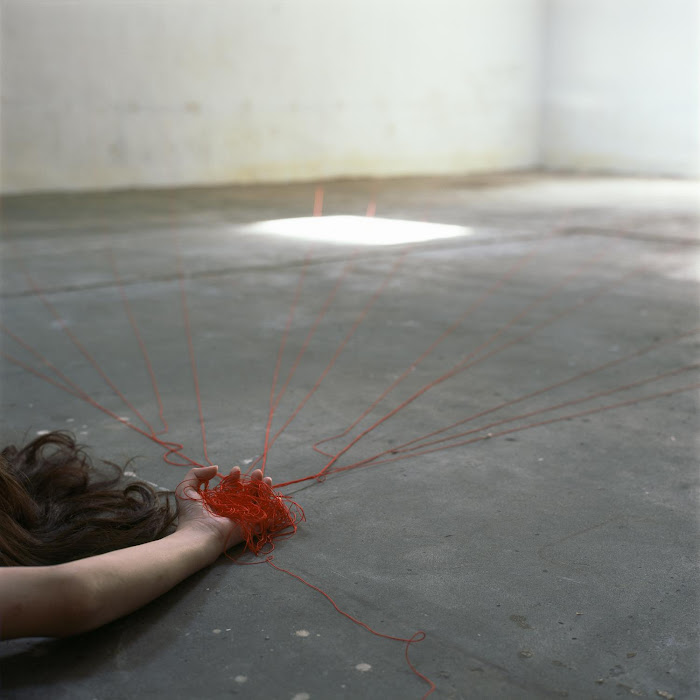Once upon a time—say, ten or even five years ago—a Liberated Woman was somebody who had sex before marriage and a job afterward. Once upon the same time, a Liberated Zone was any foreign place lucky enough to have an American army in it. Both ideas seem antiquated now, and for pretty much the same reason: Liberation isn’t exposure to the American values of Mom-and-apple-pie anymore (not even if Mom is allowed to work in an office and vote once in a while); it’s the escape from them.
For instance:
(...)
A coven of 13 members of WITCH (The Women’s International Terrorist Conspiracy from Hell, celebrating witches and g*psies as the first women resistance fighters) demonstrates against that bastion of white male supremacy: Wall Street. The next day, the market falls five points.
More witches and some black-veiled brides invade the Bridal Fair at Madison Square Garden. They carry signs (“Confront the Whore-makers,” “Here Comes the Bribe”), sing, shout, release white mice in the audience of would-be brides, and generally scare the living daylights out of exhibitors who are trying to market the conventional delights of bridal gowns, kitchen appliances, package-deal honeymoon trips and heart-shaped swimming pools.
At the end of the Columbia strike, the student-run Liberation School offers a course on women as an oppressed class. Discussions include the parallel myths about women and N*groes (that both have smaller brains than white men, childlike natures, natural “goodness,” limited rationality, supportive roles to white men, etc.); the paternalistic family system as prototype for capitalistic society (see Marx and Engels); the conclusion that society can’t be restructured until the relationship between the sexes is restructured. Men are kept out of the class, but it is bigger and lasts longer than any other at the school.
(...)
What do women want? The above events are in no way connected to the Bloomingdale-centered, ask-not-what I-can-do-for-myself-ask-what-my-husband-can-do-for-me ladies of Manhattan, who are said by sociologists to be “liberated.” Nor do the house-bound matriarchs of Queens and the Bronx get much satisfaction out of reading about feminist escapades. On the contrary, the whole thing alienates them by being a) radical and b) young.
The women behind it, and influenced by it, usually turn out to be white, serious, well-educated girls; the same sort who have labored hard in what is loosely known as the Movement, from the Southern sit-ins of nine years ago to the current attacks on the military-industrial-educational complex. They have been jailed, beaten and Maced side-by-side with their social-activist male counterparts. (It’s wonderful to see how quickly police from Selma to Chicago get over a reluctance to hit women.) They have marched on Senate committees, Pentagon hawks, their own college presidents and the Chase Manhattan Bank. But once back in the bosom of SDS , they found themselves typing and making coffee.
“When it comes to decision-making or being taken seriously in meetings,” said one revolutionary theorist from Berkeley, “we might as well join the Young Republicans.”
(...)
Finally, women began to “rap” (talk, analyze, in radical-ese) about their essential second-classness, forming women’s caucuses inside the Movement in much the same way Black Power groups had done. And once together they made a lot of discoveries: that they shared more problems with women of different classes, for instance, than they did with men of their own; that they liked and respected each other (if women don’t want to work with women, as N*groes used to reject other N*groes, it’s usually because they believe the myth of their own inferiority), and that, as black militants kept explaining to white liberals, “You don’t get radicalized fighting other people’s battles.”
(...)
The older, middle-class women come first, the ones who tried hard to play subordinate roles in the suburbs according to the post-war-baby-boom-women’s magazine idyll but found Something Missing. Betty Friedan, who explained their plight clearly and compassionately in The Feminine Mystique, named that Something: rewarding work. But when these women went out to find jobs, they found a lot of home-truths instead.
For instance, there is hardly a hierarchy in the country—business, union, government, educational, religious, whatever—that doesn’t discriminate against women above the secretarial level. Women with some college education earn less than men who get as far as the eighth grade. The median income of white women employed full time is less than that of white men and Negro men. The gap between women’s pay and men’s pay gets greater every year, even though the number of women in the labor force increases (they are now a third of all workers). Forty-three states have “protection legislation” limiting the hours and place a woman can work; legislation that is, as Governor Rockefeller admitted last year, “more often protective of men.” The subtler, psychological punishments for stepping out of woman’s traditional “service” role are considerable. (Being called “unfeminine,” “a bad mother” or “a castrating woman,” to name a traditional few.) And, to top it all off, the problem of servants or child care often proves insurmountable after others are solved.
In short, women’s opportunities expanded greatly for about 15 years after they won the vote in 1920 (just as N*groes had more freedom during Reconstruction, before Jim Crow laws took over where slavery had left off), but they have been getting more limited ever since.
The middle-class, educated and disillusioned group gets larger with each college graduation. National Organization for Women (NOW)—founded in 1966 by Betty Friedan, among others, “to bring women into full participation in the mainstream of American society now, exercising all the privileges and responsibilities thereof in truly equal partnership with men” — is a very effective voice of this group, concentrating on such reforms as getting irrelevant sex-designations out of Help Wanted ads and implementing Equal Employment Opportunity laws.
If the WLM can feel solidarity with the hated middle class, and vice versa, then an alliance with the second mass movement—poor women of all colors—should be no problem. They are already organized around welfare problems, free daycare centers, for mothers who must work, and food prices. For them, equal pay, unequal training and sex discrimination for jobs (not to mention the woman-punishing rules of welfare) exact a daily price: Of all the families living below the poverty level, 40 per cent are headed by women.
A lot of middle-class and radical-intellectual women are already working with the poor on common problems, but viewing them as social. If the “consciousness-raising” programs of the WLM work, they’ll see them as rallying points for women qua women. And that might forge the final revolutionary link. Rumblings are already being heard inside the Democratic party in New York. It’s the women who staff and win elections, and they may finally balk at working for only men—not very qualified men at that—in the mayoral primary.
There is plenty of opposition to this kind of thinking, from women as well as men. Having one’s traditional role questioned is not a very comfortable experience; perhaps especially for women, who have been able to remain children, and to benefit from work they did not and could not do. Marriage wouldn’t go straight down the drain, as traditionalists keep predicting. Women’s liberation might just hurry up some sort of companionate marriage that seems to be developing anyway.
But there is bound to be a time of, as social anthropologist Lionel Tiger puts it, “increased personal acrimony,” even if the revolution fails and women go right back to darning socks. (Masculinity doesn’t depend on the subservience of others, but it will take us a while to find that out.) It might be helpful to men—and good for women’s liberation—if they just keep repeating key phrases like, “No more guilt, No more alimony, Fewer boring women, Fewer bitchy women, No more tyrants with all human ambition confined to the home, No more ‘Jewish mothers’ transferring ambition to children, No more women trying to be masculine because it’s a Man’s World …” (and maybe one more round of “No more alimony”) until the acrimony has stopped.
Because the idea is, in the long run, that women’s liberation will be men’s liberation, too.
- - - - -





























































